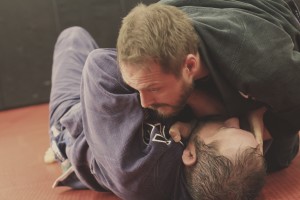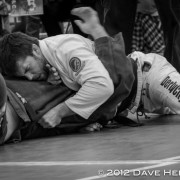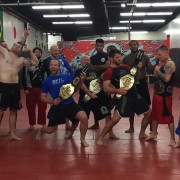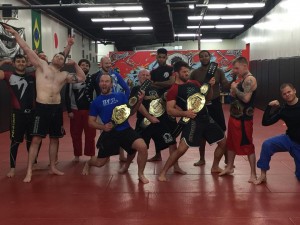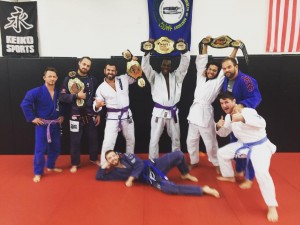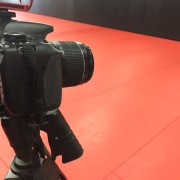Get Better Feedback From BJJ Training. Other Sports Do it, So Should You
Whats up guys,
I wanted to take a moment and share a quick tip with you. It’s a pretty simple way to get additional feedback from your training. It may be something you’re already doing. But if you’re not, it’s definitely something you should consider starting.
Have you ever seen the Olympic Lifters or Crossfitters using their phones to record themselves during big lifts? No. . . I’m not talking about the random teenager in the gym recording a video of his bicep curls to post on Instagram. I’m talking about recording complex movements that require constant adjusting and refinement. Recording themselves doing the movements allows the lifter to pinpoint problems in the lift. It’s not just lifters. Really, almost any major sports team or athletic coach records religiously to get a good view as to whats going on with their athletes. If you played American football then you probably remember video days where you would sit with your team and watch tape.
It’s a smart thing to do and is something I believe more people doing BJJ should do. We know it’s important to watch our competition matches and it can be just as helpful to watch certain parts of our training.
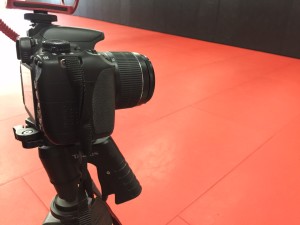
What You Feel Is Often Wrong
Tournaments are often the only time many of us record ourselves doing Brazilian Jiu-jitsu or have a chance to watch ourselves grapple. One of the benefits of watching a match from a tournament is that we have the ability to watch ourselves objectively. This provides a ton of feedback and a clear view into our game. It’s kind of funny because a lot of times, especially early on in our training, what we felt we did or what we thought we did looked a lot different than what we actually ended up doing.
I remember during one of my last white belt tournaments. I got behind a guy and did a sort of belly to back suplex. It’s worth noting that when I was a white belt my favorite thing was to get a big slam. So I was all jazzed up when I was retelling the match to people right after. I described me lifting this guy up over my head and slamming him into the mat. When I went back to watch the match later on I was sad to see that I only got the guys feet 5-6 inches off the ground. And the slam was more of a toss to the side. Going back to it, I wasn’t lying. I really thought I had a hell of a slam on that guy, it felt like I did during the match.
After watching the match on video I was able to make some adjustments on my body positioning when I executed the throw. 3 months later I hit a much bigger and “prettier” throw at a tournament. Being able to watch the video gave me a chance to see exactly what I was doing and how I could improve. If it wasn’t for the video. I would have thought my execution of the throw was perfect and would have just hummed along to the next tournament.
Recreate What You Can’t Remember
Besides bringing us back down to reality. Competitions often expose us to certain positions and situations that we aren’t comfortable or familiar with. A lot of times when we get back in the gym we try and remember and recreate what happened for training purposes. It’s tough though. Trying to remember some funky position you got into during an adrenaline filled match is difficult. During a match you’re mind isn’t in the best state to remember every little detail.
This happens all the time in the gym after training too. I can’t tell you how many times I’ve had a student come to me and ask for advice. When forced to recreate the position they were asking about, they’re a bit unsure. This makes it really tough for me to figure out exactly what was happening and give them useful advice.
A video shows us exactly what we are doing it, what our opponent is doing and makes it much easier to troubleshoot the situation. Likewise, a video is much easier for an instructor or coach to look over and hand out valuable advice.
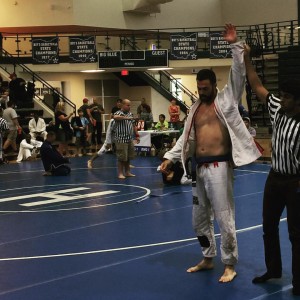
Start Recording More Often
We shouldn’t wait for tournaments to roll around to record ourselves. Most of us have smart phones or a small sized camera we can use to set up and record. If you’re worried about damaging your phone. Try using a tripod and putting it off the mat and attempt to snag a little real estate on the edge of the mat when its time to roll.
When To Record
I don’t think it’s necessary to record every single time we roll. If you want to, I suppose thats fine but I believe the best times would be either during speed or active drilling sessions and competitive rolling. Basically, situations that involve us pushing ourselves, which might lead to mistakes. I make a distinction with competitive rolling because that is when someone is going to us in bad situation and where our mistakes are often much more apparent.
If you guys have read the Ebook I put out or some of my other blogs on drilling. Then you know what I mean by speed and active drilling.
It’s Way Better Than A Training Journal For Feedback
If you’re really crazy about it(like I am), you can keep an external hard drive and log your training and techniques into it. This would completely blow away any sort of traditional training journal. I have tons of training, competition and even just random bullshitting with the guys going back to 2009. It’s fun to be able to look back that far and watch yourself and the techniques you were using.
For all you guys that hate reading I’ll break it down into easy bullet points.
Tip: Get into a habit of recording yourself in Brazilian Jiu-jitsu. Especially when you’re drilling fast or with resistance, and during tough rolls.
Benefits To Recording Yourself
- Gives you a unbiased look at what you are actually doing on the mat, rather than what you “feel” you are doing.
- Helps you develop a better link with your body and it’s movements. Meaning, the way you feel and what you think you are doing will match up more accurately to what you are actually doing.
- Can help you recreate funky positions you end up in so that you can work to counter them or bring it to a coach to work on a solution.
- You’ll find all sorts of little things you’re doing wrong and it really helps bring some of your deficiencies to the surface. Likewise it will also show you what you’re doing very well.
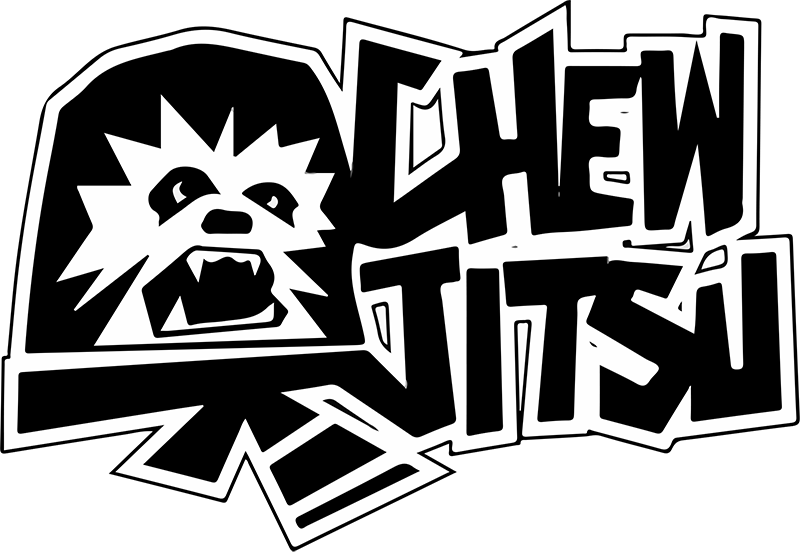
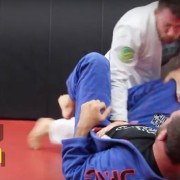
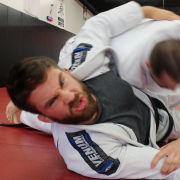
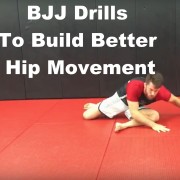
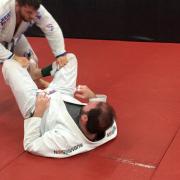
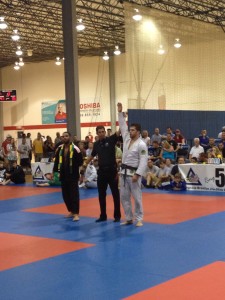 Want to have more speed and cardio on the mat? Want to build your gas tank for BJJ without having to do a ton of extra cardio (like running) off the mats? The BJJ drills in this video can be a great way to help.
Want to have more speed and cardio on the mat? Want to build your gas tank for BJJ without having to do a ton of extra cardio (like running) off the mats? The BJJ drills in this video can be a great way to help.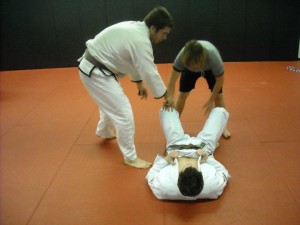
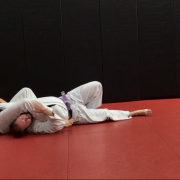

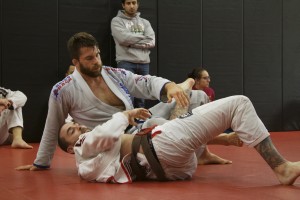 One important lesson, in regards to BJJ drills, I’ve learned over the years is to chain movements and techniques together
One important lesson, in regards to BJJ drills, I’ve learned over the years is to chain movements and techniques together
